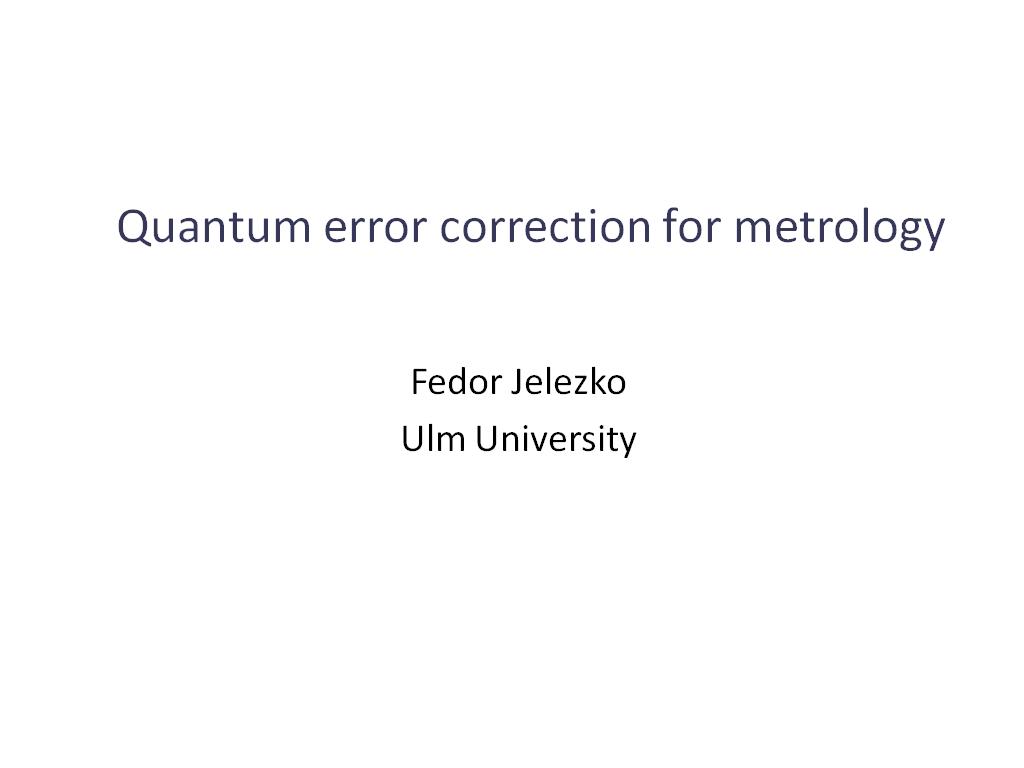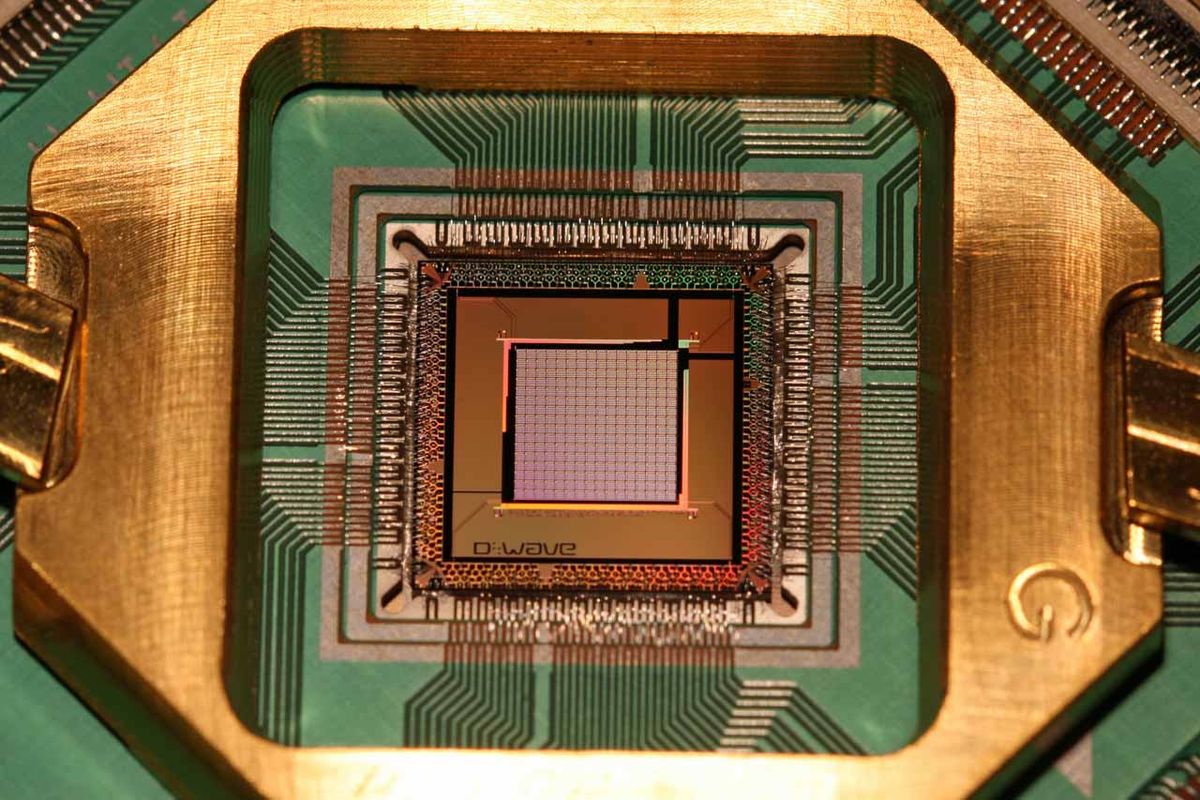
The most jaw-dropping applications for quantum computers require trillions or more operations on qubits.
#Quantum error software
Review of the Cirq Quantum Software Framework.IBM Qiskit, Rigetti Forest, Microsoft QDK, Project Q.Other Websites and Industry Associations.Venture Capital – Sorted by Quantum Company.
#Quantum error code
We explore this in more detail in the bit flip code sample.Īside from the bit-flip code, the Q# canon is provided with implementations of the five-qubit perfect code, and the seven-qubit code, both of which can correct an arbitrary single-qubit error. Let (decodedData, decodedScratch) = decode(logicalRegister) Let logicalRegister = encode(data, scratch) Once a code is defined in this way, we can use the Recover operation operation to recover from errors: let code = BitFlipCode() This allows us to change the recovery function that is used in correcting errors without changing the definition of the code itself this ability is in particular useful when incorporating feedback from characterization measurements into the model assumed by recovery.

Notice that the QECC type does not include a recovery function. Let code = QECC(encodeOp, decodeOp, syndMeasOp) Let syndMeasOp = SyndromeMeasOp(MeasureStabilizerGenerators([ For example, the BitFlipCode function function defines the ⟦3, 1, 1⟧ bit flip code: let encodeOp = EncodeOp(BitFlipEncoder) Associated with each stabilizer quantum code is the code length $n$, the number $k$ of logical qubits, and the minimum distance $d$, often conveniently grouped together in the notation ⟦$n$, $k$, $d$⟧.


#Quantum error how to
In particular, we emphasize that recovery is a classical inference procedure which takes as its input the syndrome which occurred, and returns a prescription for how to fix any errors that may have occurred.Ī full introduction to the stabilizer formalism is beyond the scope of this section.

We call these results a syndrome, and refer to the process of mapping a syndrome back to the error that caused it as recovery. Thus, the results of the two measurements uniquely determines which bit-flip error occurred, but without revealing any information about which state we encoded. We denote the results of each measurement by the sign of the eigenvalue that is observed, either $+$ or $-$, corresponding to the Q# Result values of Zero and One, respectively. To emphasize this, we repeat the table above, but add the results of measuring $Z_0 Z_1$ and $Z_1 Z_2$ on each row. In classical computing, if one wants to protect a bit against errors, it can often suffice to represent that bit by a logical bit by repeating the data bit.įor instance, let $\overline$, so the result of measuring $Z_0 Z_1$ reveals useful information about which error occurred.


 0 kommentar(er)
0 kommentar(er)
